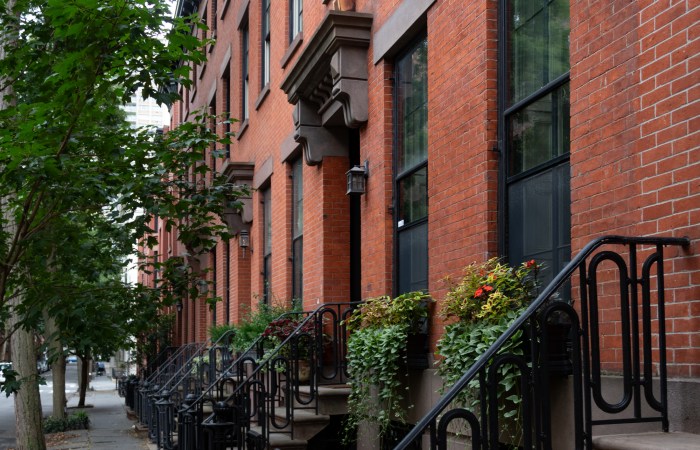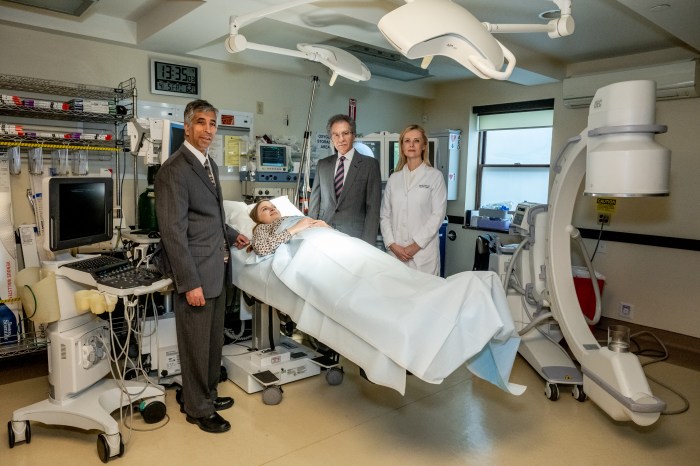If I had to limit myself to only one white wine to drink for the rest of my life, it would be white Burgundy… and I wouldn’t hesitate for a second making that choice.
We tend to think of Burgundy as red, because our earliest encounters with the word is as a particular shade of red, tinged with purple. It is a rich hue, deep and dark and regal. Burgundy is an area in France, a former Duchy, which is, indeed, rich in history and tradition. Located east of Paris, it begins just south of Champagne and stretches down through Beaune and on to Lyon, the gastronomic heart of France. Burgundy is home to the white Charolais cattle, Bresse chickens, with their white feathers, red comb and blue feet, plump escargots that fatten on the grapevines, dozens of delicious cheeses, and some of the most famous wines in the world. This part of France was known for its wines even when the Romans were still here, and France was called Gaul. Most Burgundian wines are red, made solely from the noble yet delicate and often difficult Pinot Noir grape. The whites, with only the rarest exceptions, are made from Chardonnay, which takes on the unique character of the individual vineyard it is grown in, expressing what we wine lovers call the terroir: the distinguishable “here”, the sense of place of that particular place on earth. Chardonnay does this better in Burgundy than anywhere else that it is grown, and this is much of what has contributed to the fame of white Burgundy. Hundreds of years of trial and error, of experimentation and careful note taking has led grape growers to realize that the chalky, clay soil called Kimmeridge found in certain sites is ideal for planting Chardonnay. This white limestone is rich in decomposed prehistoric oyster shells, and Chablis has an outcropping of this huge limestone basin that, to the west, show itself as the fabled white cliffs of Dover. Yes, Dover, England. The area of Chablis is cool, and the cool temperature produces grapes high in natural acidity and not very high in sugars. During fermentation, these sugars are converted into alcohol and the result is crisp wine with almost no residual sugar: a classic “dry” white wine. Chablis can be a hard-edged wine, but should never be harsh. The palate can reveal tastes of the mineral-rich soil while the nose has notes of sun-drying hay. The color of Chablis, in its youth, is pale straw with flashes of green at the edge. With time, this evolves and develops into a deeper hue, more golden, yet still will keep that green spectre for years and years. Unfortunately wine makers outside of Europe have appropriated the name Chablis, and much of what is labeled “Chablis” in the world (much from California, to our shame) is simple white jug wine, made from the cheapest grapes available. True Chablis is an elegant wine, a delight, and is not sold in jugs. The vineyards of Chablis are classified into four levels of quality. The amount of Kimmeridgean clay found in that vineyard plays a part, as does the aspect: whether the slope faces south, receiving more sunshine. The quality of the wines from a vineyard over the years (centuries, actually) is the final and most important reason for elevating a site to the exalted rank of “great growth’ The highest rated vineyards here, the seven Grands Crus, are found together, shoulder to shoulder. All of them have their own style, yet all are richer than other Chablis. All are wines that deserve to be “put down” to age, so that they can develop the remarkable complexity that sets them apart from other white wines. These are among the most long-lived of white wines, and the wines made from the finest vintage years are nearly immortal, taking decades to reach the peak of their potential greatness. These wines are never cheap, but, compared to the prices asked for the whites of the Côte de Beaune, they seem relative bargains for the quality received. Premier Cru is the next classification level. Premier Cru wines will be less commanding in their bouquet and flavor than the Grands Crus, and are normally one half percent lower in alcohol. Not all Premier Cru vineyards are equal, though, and those on the same south facing side as the Grands Crus are the ones that I find more appealing. These wines are still age-worthy, and will develop sooner than a Grand Cru. They are more affordable, and are more approachable, meaning that you can enjoy more of “what’s there” while they are still young. Chablis is the next step in descending order of quality. Don’t look down your nose at village-level Chablis: from a warm year, and in the hands of an able winemaker these wines are delicious and are often excellent values. Most houses do not use oak barrels, so you taste the pure expression of the fruit and the terroir, unmarred by flavors of charred wood that is often used to mask inferior wines. Petit Chablis is an appellation that has been fading away over the years. Some of the better vineyards have been elevated to “Chablis”, and some have been uprooted, the land put to other uses. There are a few good producers of Petit Chablis who, in a “good year” can make quality wines that are bargains, but buyer, beware! Buy these wines from a wine merchant whom you know and can trust.






















